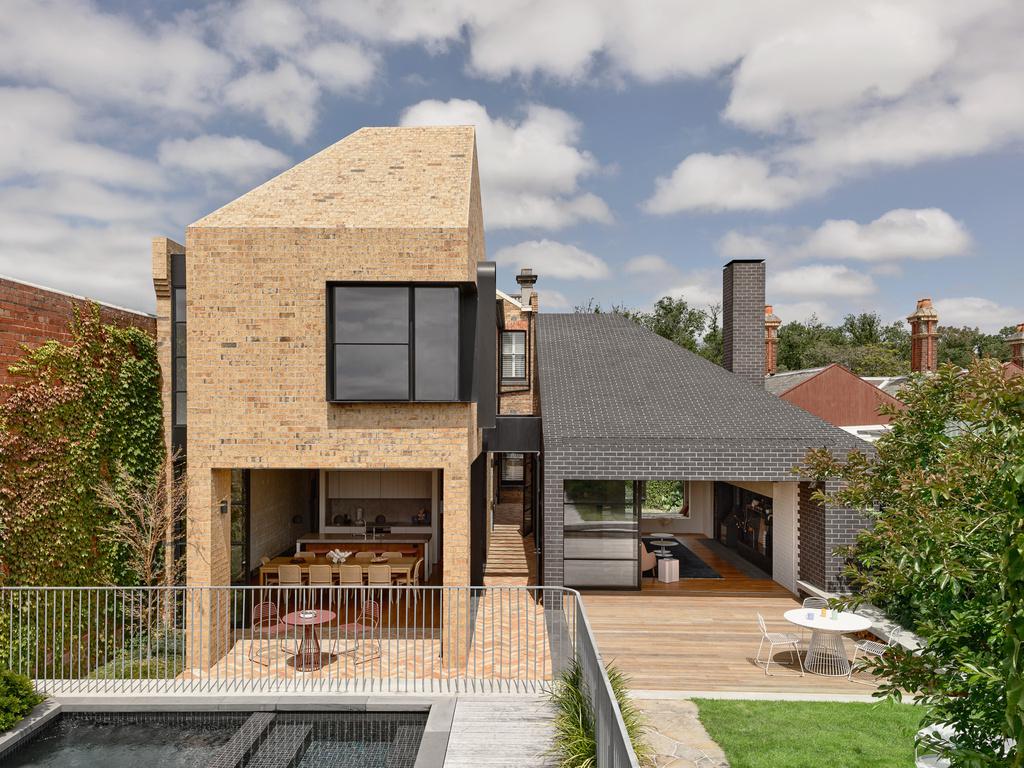
Heritage homes hold a special place in our hearts and communities. They are not just structures; they are repositories of history, stories, and craftsmanship that reflect the architectural styles and cultural values of their time. As the world evolves and our lifestyles change, the challenge of maintaining these beautiful homes while accommodating modern needs becomes increasingly relevant. This is where the art of addition and renovation comes into play—a delicate balance of preserving cherished heritage features while infusing updated aesthetics and functionality into the space.
The Value of Heritage Homes
Heritage homes are often characterized by unique architectural details, such as intricate moldings, handcrafted woodwork, stained glass windows, and distinctive layouts. These features contribute not only to the home’s beauty but also to its historical significance. Preserving these elements helps maintain the cultural fabric of neighborhoods and cities, reminding us of our shared past.
However, the needs of contemporary living—such as open floor plans, modern amenities, and energy efficiency—often necessitate changes. The goal of a thoughtful renovation is to ensure that these homes remain livable and relevant without sacrificing their original charm.
Understanding the Challenge
One of the primary challenges in renovating a heritage home is finding a way to blend the old with the new. The renovation process requires a keen understanding of the home’s historical context and architectural significance. This is where collaboration with architects and builders who specialize in heritage renovations becomes crucial. They can provide valuable insights into what elements are worth preserving and how to integrate modern features seamlessly.
Preserving Heritage Features
The first step in any renovation project is to conduct a thorough assessment of the home’s existing features. This involves identifying elements that are integral to the home’s character—such as original flooring, moldings, fireplaces, and window designs. These features can often be restored rather than replaced, bringing new life to old materials. For example, if the home has beautiful hardwood floors that have lost their luster over time, a skilled craftsman can refinish them, enhancing their natural beauty. Similarly, vintage light fixtures can be rewired and restored to their former glory, providing an elegant touch that modern fixtures often lack.
Thoughtful Additions
Once the heritage features are identified and preserved, the next phase is the addition of modern elements that enhance the home’s functionality without overshadowing its historical significance. Thoughtful additions can transform the living experience while respecting the home’s original design.
For instance, creating an open-concept kitchen may involve extending the back of the house. This addition should be done with careful consideration to materials and design to ensure it complements the existing structure. Using materials that mimic the original home, such as brick or wood, can help create a seamless transition between the old and new.
Incorporating Modern Amenities
In today’s world, modern amenities are essential for comfort and convenience. Upgrading heating and cooling systems, plumbing, and electrical wiring is often necessary to meet current safety standards and improve energy efficiency. However, these updates can be integrated into the renovation plan without compromising the home’s aesthetic. For example, instead of conventional heating systems, consider installing underfloor heating that won’t interfere with the beauty of original radiators or fireplaces. Additionally, energy-efficient windows can replace old, drafty ones while maintaining the look of the original style, ensuring that the home remains comfortable year-round.
Creating Flow Between Spaces
In addition to adding modern features, creating a harmonious flow between different areas of the home is vital. This can be achieved through open floor plans that allow for natural light and easy movement, or by using color palettes and materials that connect various rooms. When designing an addition, think about how it interacts with the existing spaces. For instance, large glass doors leading to a new patio area not only bring in light but also create a visual connection to the outdoors, enhancing the overall living experience.
Landscaping: A Final Touch
The exterior of a heritage home is just as important as the interior. Thoughtful landscaping can enhance the home’s charm while providing functional outdoor spaces. Incorporating native plants, preserving existing trees, and creating defined pathways can create a welcoming atmosphere that complements the home’s character.
Consider adding outdoor living spaces that blend seamlessly with the home’s architecture. A classic stone patio, a gazebo, or a quaint garden can enhance the heritage feel while providing contemporary comforts.
Conclusion: A Celebration of History and Modernity
The process of adding to and renovating a heritage home is a unique opportunity to celebrate history while embracing modern living. By preserving the essential heritage features and thoughtfully integrating modern elements, homeowners can create spaces that honor the past and welcome the future.
At Bamkoles Design Build, we understand the nuances of heritage renovations. Our approach is centered on respect for the original structure, craftsmanship, and a commitment to quality. Whether you’re looking to preserve a treasured family home or enhance a historic property, our team is dedicated to creating beautiful, functional spaces that honor the past while providing for today’s needs.
With careful planning, collaboration, and a passion for preservation, your heritage home can become a harmonious blend of old and new, a testament to the beauty of its history while accommodating the demands of contemporary life. Embrace the journey of renovation, and watch as your heritage home transforms into a timeless sanctuary that celebrates both its legacy and your modern lifestyle.